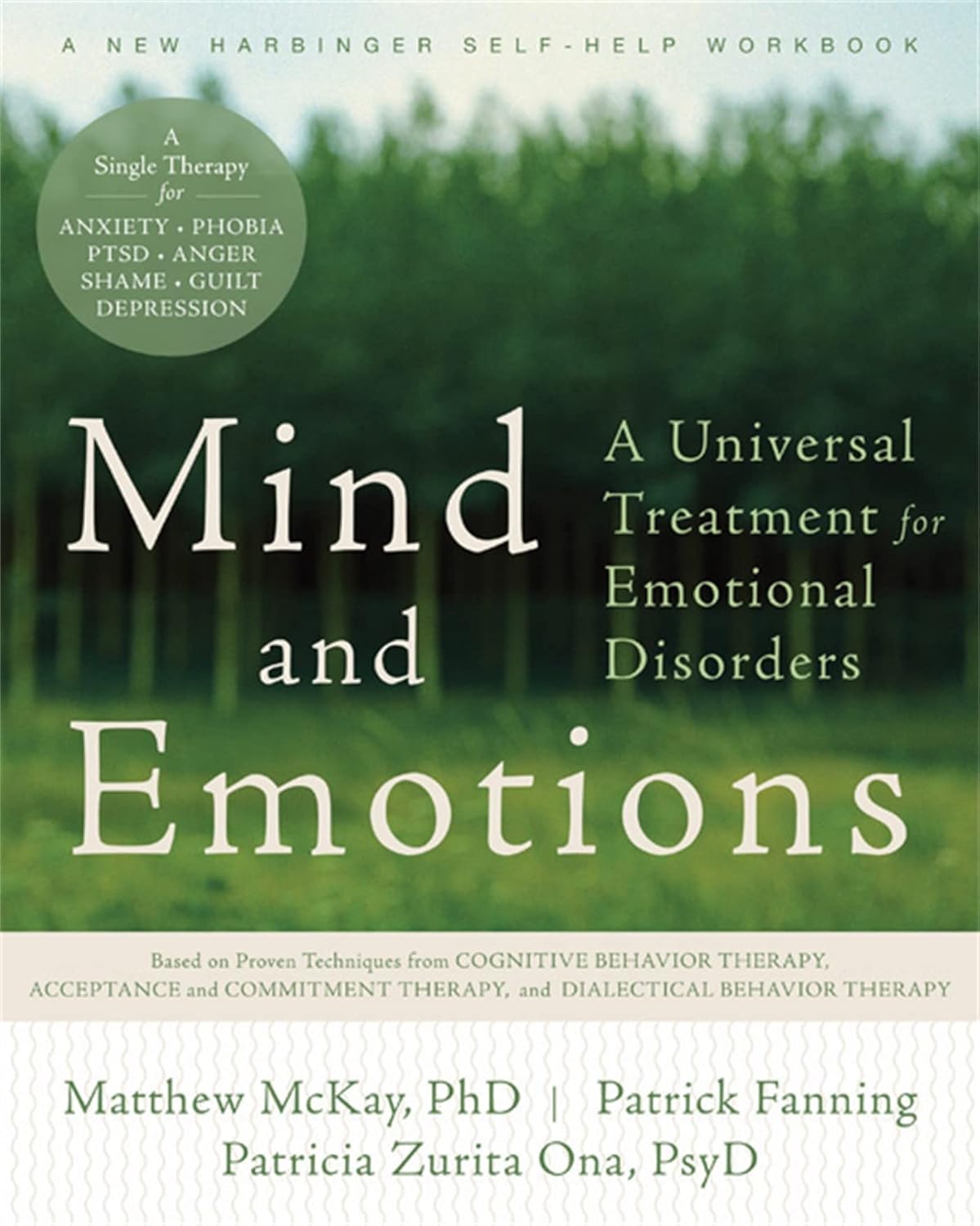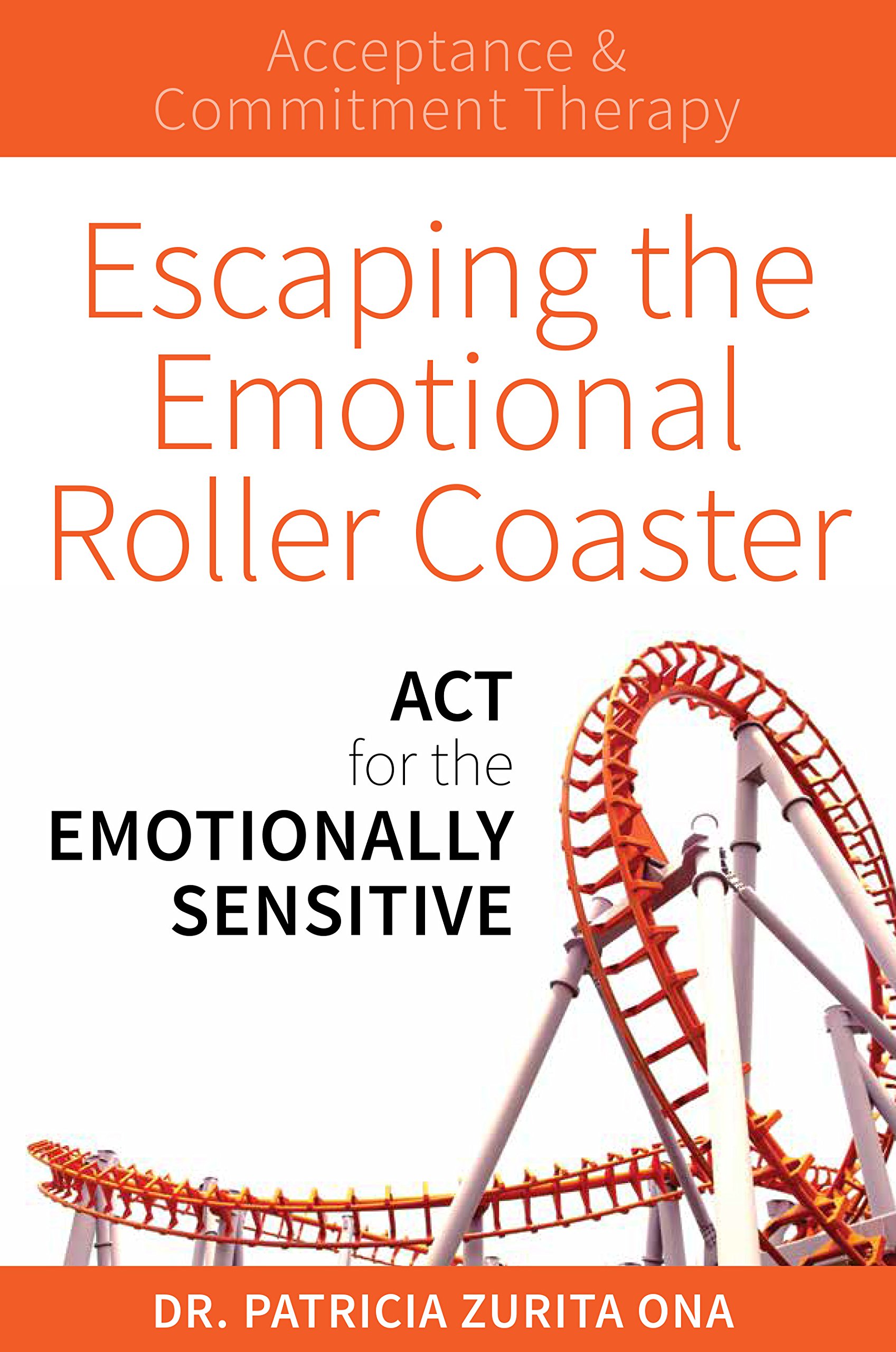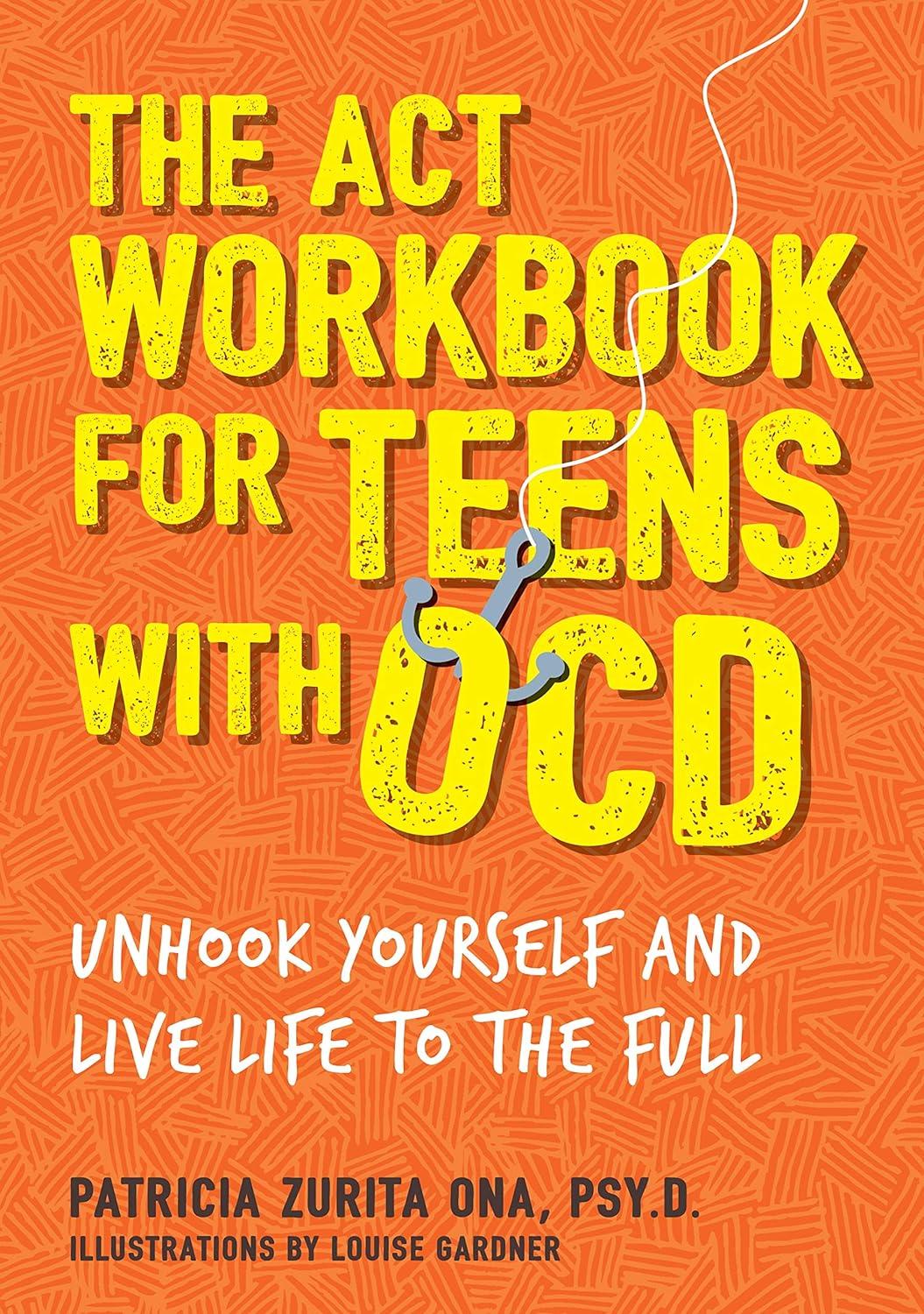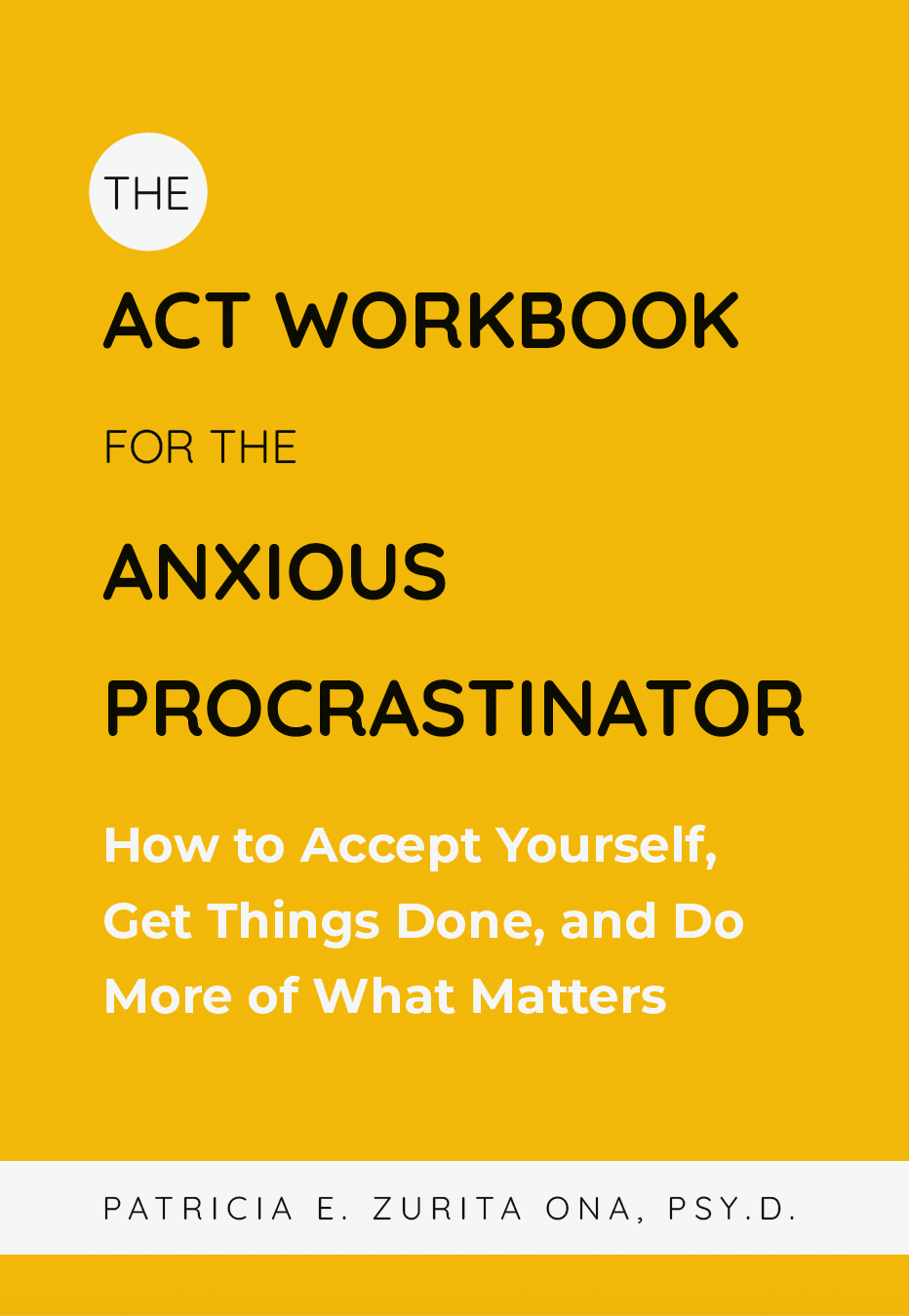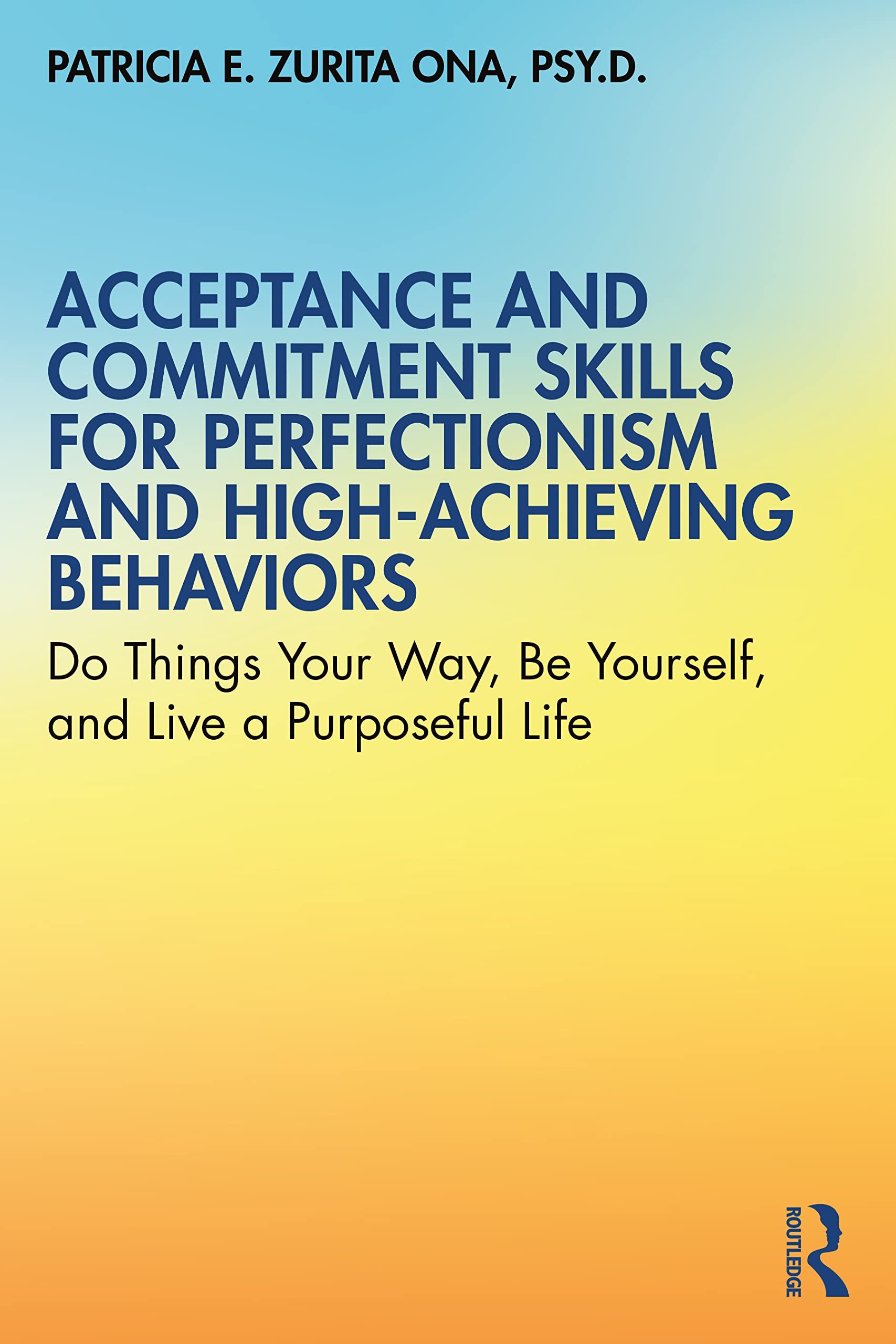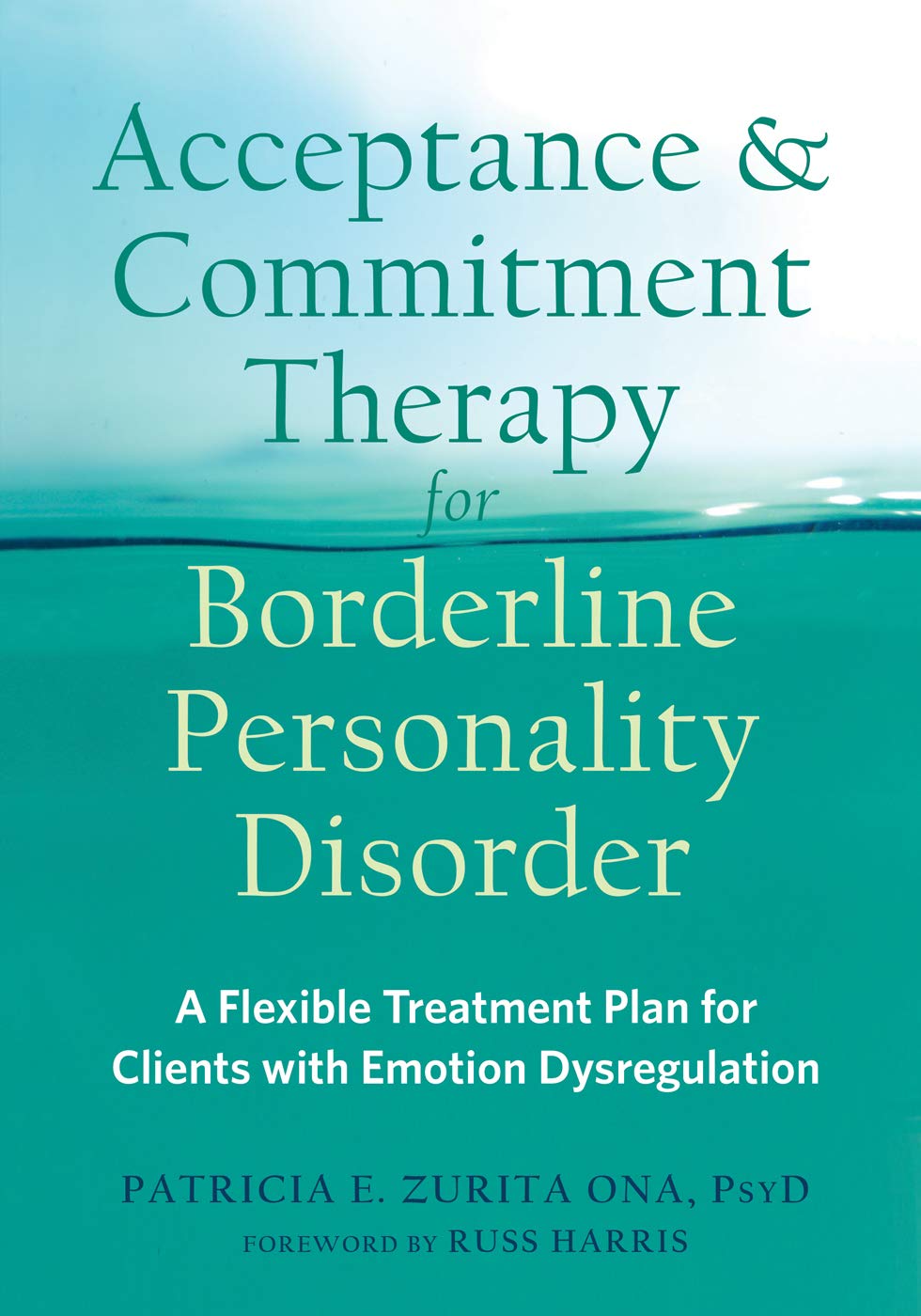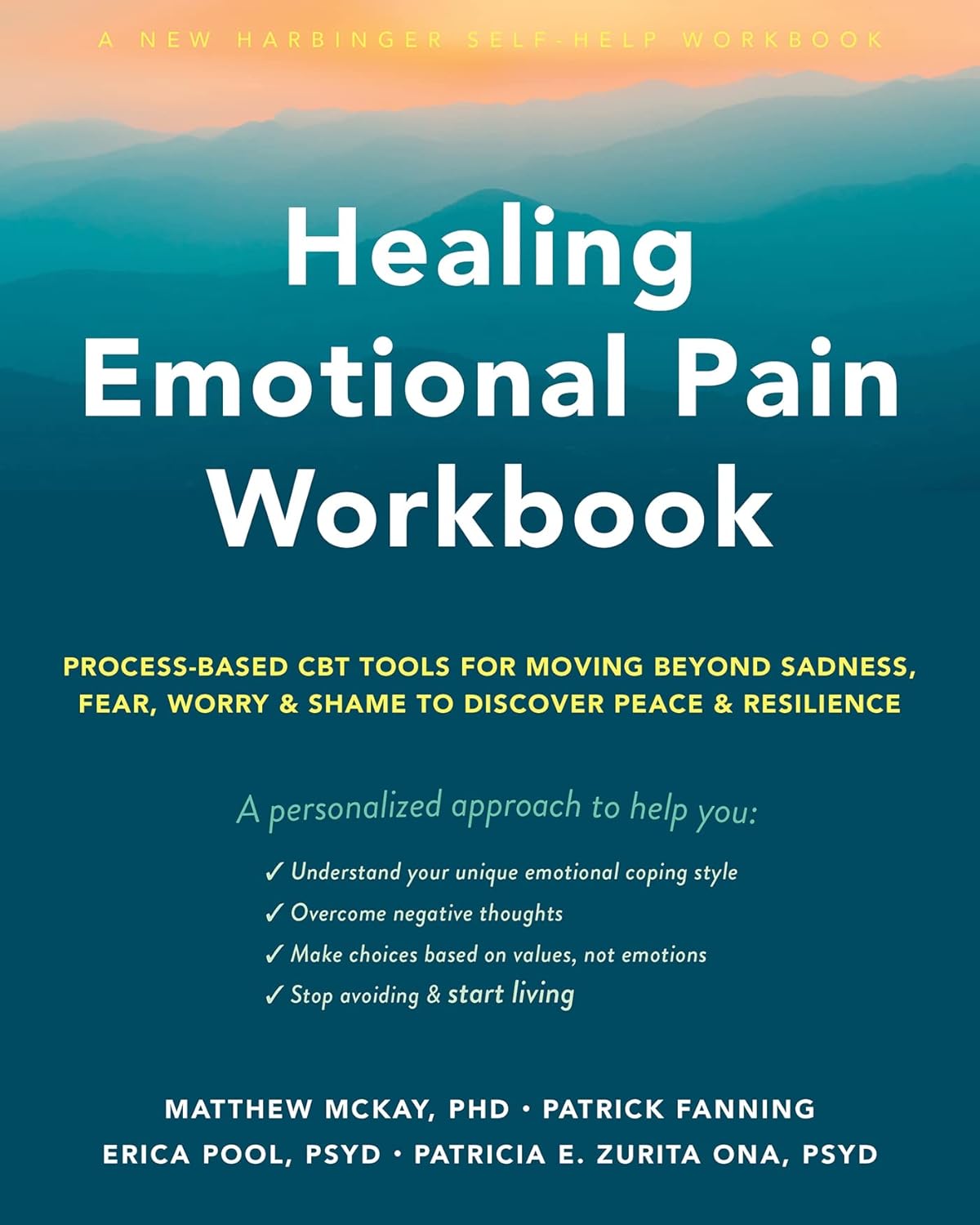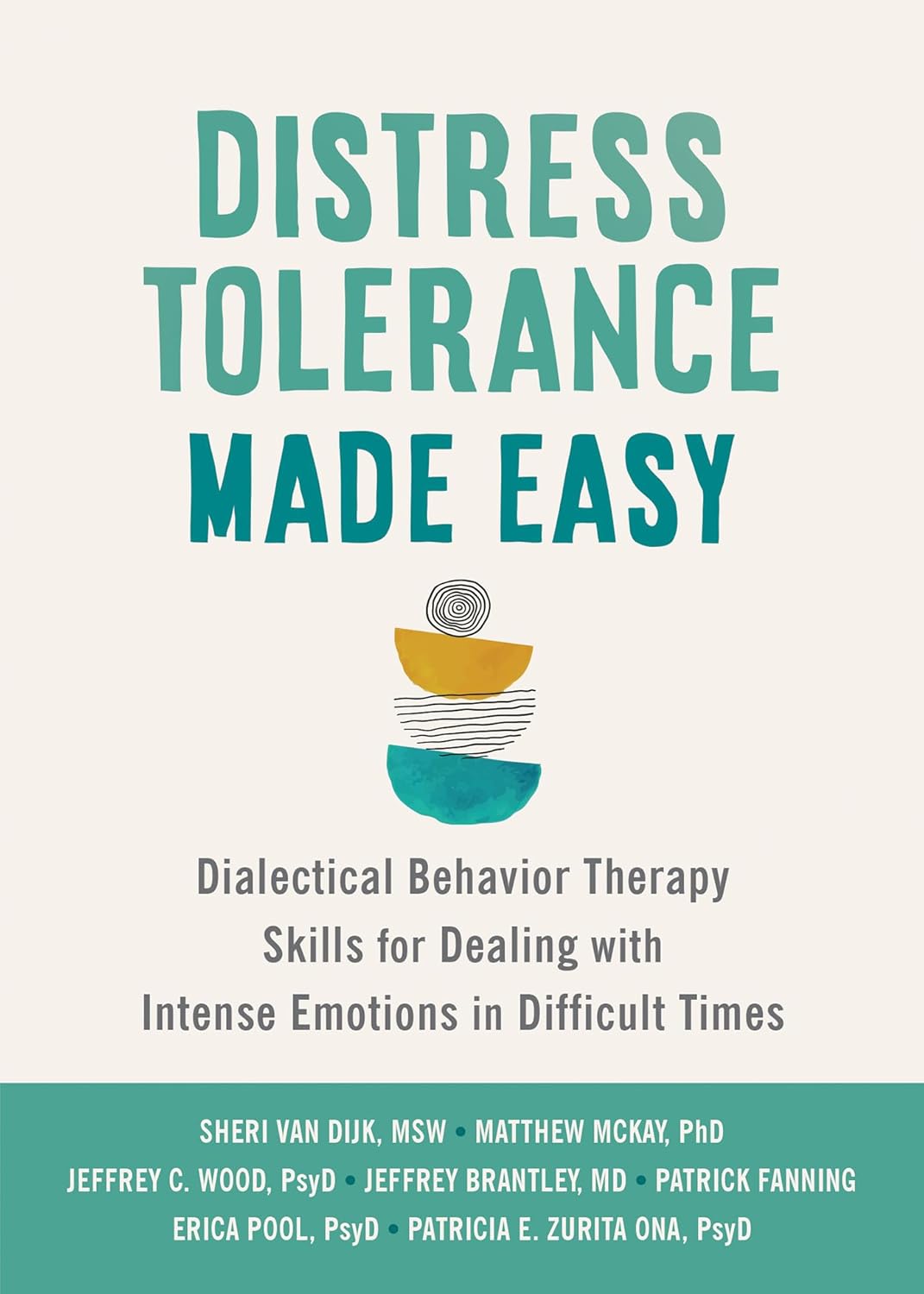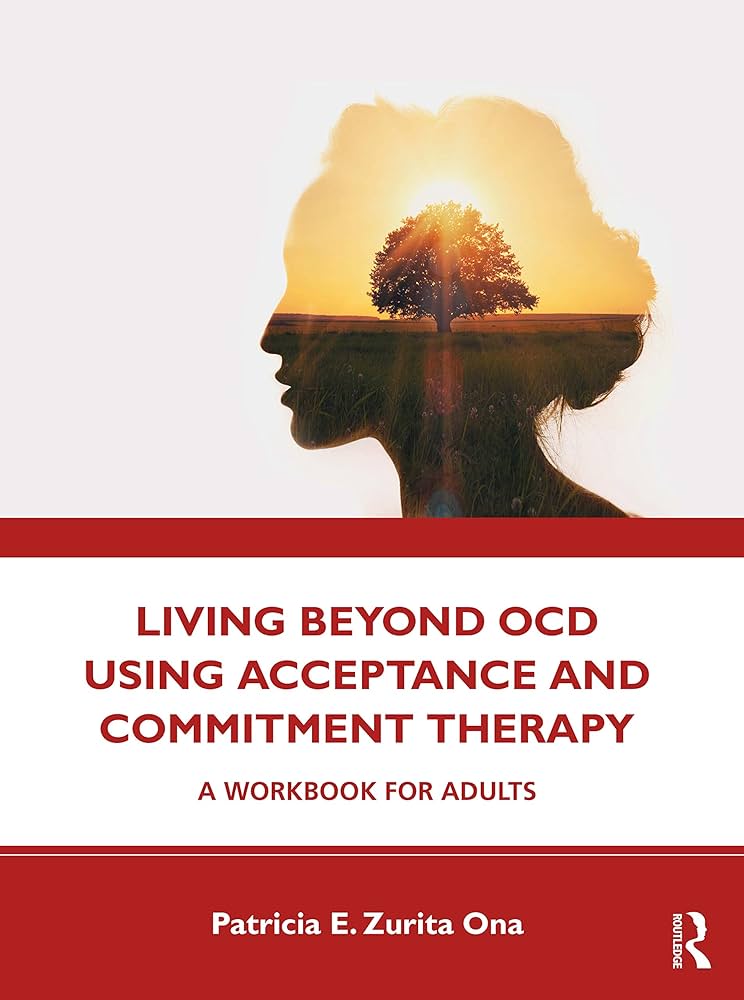
How is this workbook organized?
Section 1 gives you the basics of what OCD is, what maintains it, how your brain works, and the different forms of obsession.
Section 2 goes into the details of what Acceptance and Commitment Therapy (ACT) is, how it blends with Exposure Response Prevention (ERP), and how it will help you to overcome OCD episodes.
Section 3 is where you identify two things: (1) all the compulsions and avoidant behaviors that are fueling into OCD episodes. And (2) all the ruling-thoughts about obsessions, anxiety, or thinking strategies you’re holding onto with white knuckles, taking as absolute truth, and without checking whether they’re helpful or not in your life.
Section 4 asks you to assess how compulsions, avoidant behaviors and holding onto those ruling-thoughts are working in your life, the relationship with yourself, and asks you to check, what you really have control of when dealing with annoying obsessions.
Section 5 gives you all the tips you need to create a new relationship with your mind; but one in which you’re not bossed around by it, take it too seriously, and blindly follows what it says. In this section you will learn how to date your mind, for real and for good!
Section 6 teaches you specific ACT skills to handle obsessions, as they come, and the anxiety, panic, or fear that comes along. You will learn a bunch of defusion skills, acceptance prompts, and tips to ride the wave of overwhelming emotions.
Section 7 asks you to go in-depth on discovering your values, HOW you want to show up in different areas in your life, and what steps you can take, wherever you are, to put your values in action.
Section 8 guides you through the process of values-based exposures: how to use your values as a guide, how to prepare for them, and what to expect when doing them. The chapter “making W.I.S.E M.O.V.E.S.” teaches you what to do when facing a situation, object, activity, or people that the pattern-making machine of your brain associates with obsessions. The section finishes with a chapter on how to handle compulsions and different ways to do so.
Section 9 prepares you to handle potential blocks that may come your way: values-conflict, reason-giving thoughts, lack of values clarity, and doing exposures as a compulsion.
Section 10 guides you with how to move forward with your life by facing obsessions as they come, upsetting situations as they happen, and overwhelming emotions as they roll.

Message for readers
Let me start by saying that I run out of space in this project. I didn’t want to e-mail my publishers negotiating numbers of words and becoming a headache for them. So, I only have a few words for you:
In this workbook, you won’t read academic theories, long statistics, or one-size-fits-all advice.
While this workbook is based on solid scientific-ground, you will find few, very few, nerdy comments. I did my best to write something that is uncomplicated, unpretentious, and as real as it gets.
You will get real guidance, real skills, real how-tos, and real takeaways to keep and share with others about overcoming OCD episodes and getting your life back on track!
Hope you make all the skills of this workbook yours and most importantly, I urge you to do something with them that matters to you!
Okay, let’s dig in!
Dr. Z.
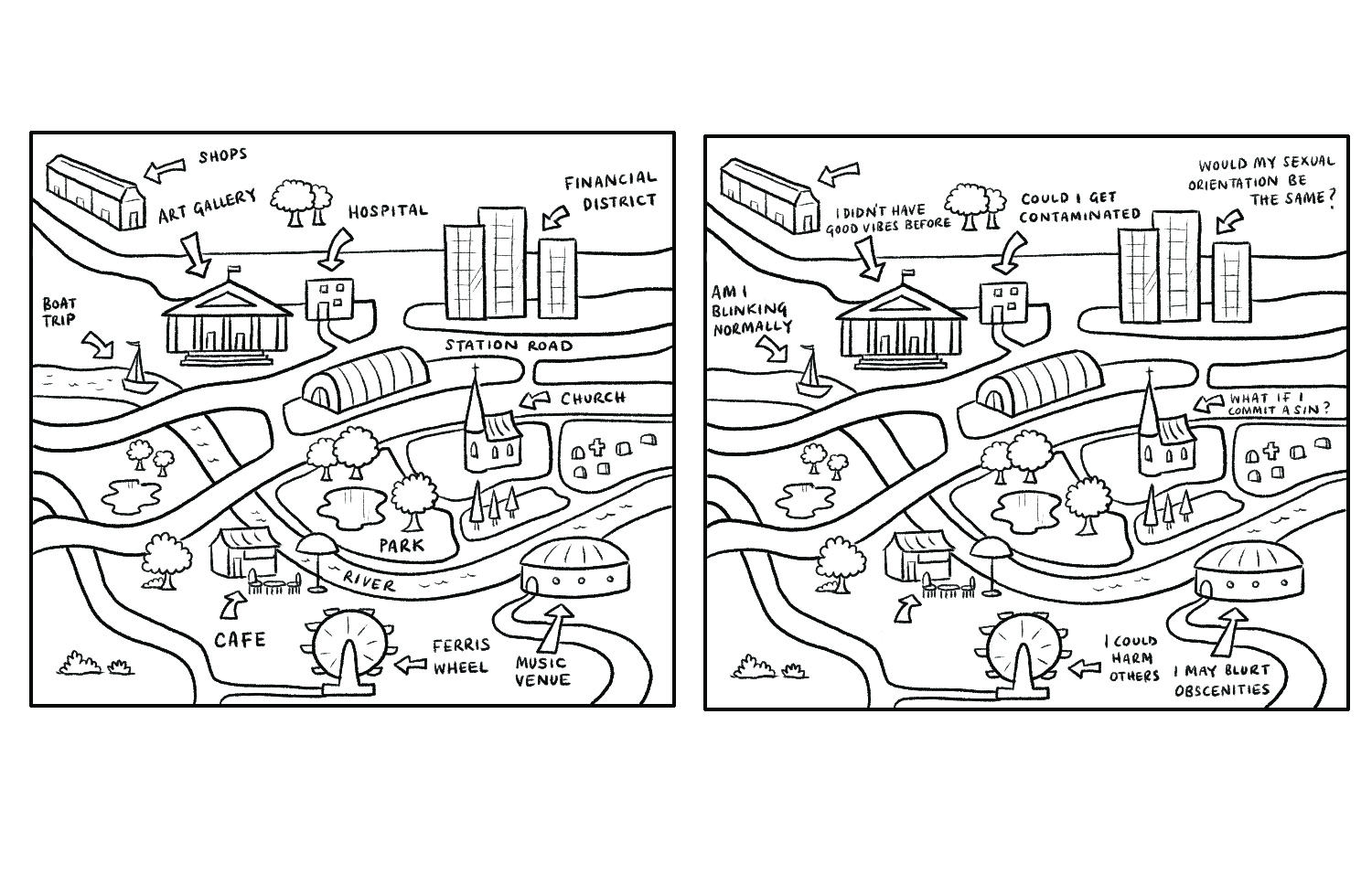
Dr. Z. has been treating OCD for many years, and passionately too. Her interest in OCD keeps her approach to treating it fresh. Merging the tried and tested, with the new. In her new book, she demonstrates how ERP and ACT can work together to tackle OCD and how readers can make a shift from reactive moves to wise moves. With many exercises to help the reader understand and apply these skills. Thank you, Dr. Z., for your dedication and service to the OCD community!
This is much more than a workbook: it’s an engaging and informative travel guide for the journey to OCD recovery. A passionate expert in OCD, Dr. Z is your wise and caring companion, offering step-by-step guidance for how to make choices that put you, not OCD, in the driver’s seat. Her tips, tools, and insights provide not only a roadmap to recovery, but also a process for enjoying the journey—and your life—along the way.
This is a very helpful book for anyone who has been struggling with obsessive-compulsive tendencies and who is sick and tired of allowing them to hold them back from the life they really want to live. This workbook will help you identify what truly matters to you and start you moving in those directions with determination and kindness toward yourself.
Dr. Z uses her extensive clinical experiences, knowledge and skills to offer you many practical examples and exercises that can truly make a difference in your life. Through different chapters, readers will gain an understanding of how obsessions became a problem, learn to watch their mind, recognize ruling-thoughts, clarify values, and take actions towards values-based exercises. Dr. Z wrote this book with a compassionate heart and open mind in a non-technical, clear, concise, and personable style that makes it easy to work with it. I recommend this book wholeheartedly and without any reservations.
Who is this workbook for?
If you are newly diagnosed with OCD or suspect having OCD, this workbook offers you with hands-on Acceptance and Commitment Therapy (ACT) skills for taming those disturbing obsessions and filling the gap where you are and where you want to go.
If you have received treatment for OCD and are in the post-treatment phase, this book is a refresher of your skills and adds ACT skills to help you to move forward.
What’s inside this workbook?
Chapter: Obsessions are the norm!
Chapter: If obsessions are the norm, what about OCD?
Chapter: What keeps OCD going?
Chapter: Why are obsessions so hard to let go?
Chapter: Are there different types of OCD?
Chapter: What is this thing called “ACT?”
Chapter: What about ACT and Exposure?
Chapter: What lies ahead?
Chapter: What are the compulsions you’re doing?
Chapter: Don’t forget about avoidant behaviors!
Chapter: Do you know ruling-thoughts?
Chapter: How do your C’s, A’s, and R’s work together?
Chapter: How are you relating to yourself these days?
Chapter: What’s really in your control?
Chapter: What about dropping those “getting rid of obsessions” strategies?
Chapter: Let your mind do its own minding
Forms
Illustrations
Worksheets
Chapters
Pages
Sections
About Dr. Z.


Patricia E. Zurita Ona, Psy.D., “Dr. Z,” is a clinical psychologist specialized in working with children, adolescents, and adults struggling with OCD, anxiety, and emotion regulation problems.
Dr. Z is the founder of the East Bay Behavior Therapy Center, a boutique therapy practice, where she runs an intensive outpatient program integrating Acceptance and Commitment Therapy (ACT) and Exposure Response Prevention (ERP) to support clients getting stuck from obsessions, figure out what they care about, and do stuff that matters to them.
Dr. Z. is a Fellow from the Association of Contextual Behavioral Science (ACBS), member of the OCD San Francisco Bay Area (affiliate from the International OCD Foundation), and a chair of committee for the Anxiety and Depression American Association (ADAA).
Online courses
Home-study programs
You can learn actionable, compassionate and research-based skills from the comfort of your own home and at your pace.
Each online class includes high-quality videos, worksheets, and audio-recorded exercises.

LEARN MORE

LEARN MORE

LEARN MORE

LEARN MORE

LEARN MORE

LEAN MORE
Why our clients love working with us
testimonials
How to start working with us
get unstuck
Figure out what's really keeping you stuck and struggling by having a comprehensive intake session.
We work with children, teens, and adults and do our best to get you back into your life!



Subscribe to our monthly newsletter "playing-it-safe"
get actionable skills
What if most of the chaos in your mind goes to the background by learning research-based life skills and getting clear about what matters to you?
925.956.4636
intakes@eastbaybehaviortherapycenter.com
Address
45 Quail Court, Suite 204
Walnut Creek, Ca 94596
Follow us
